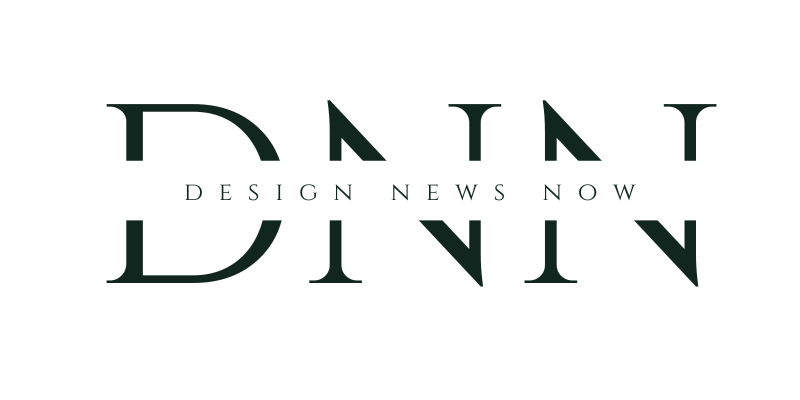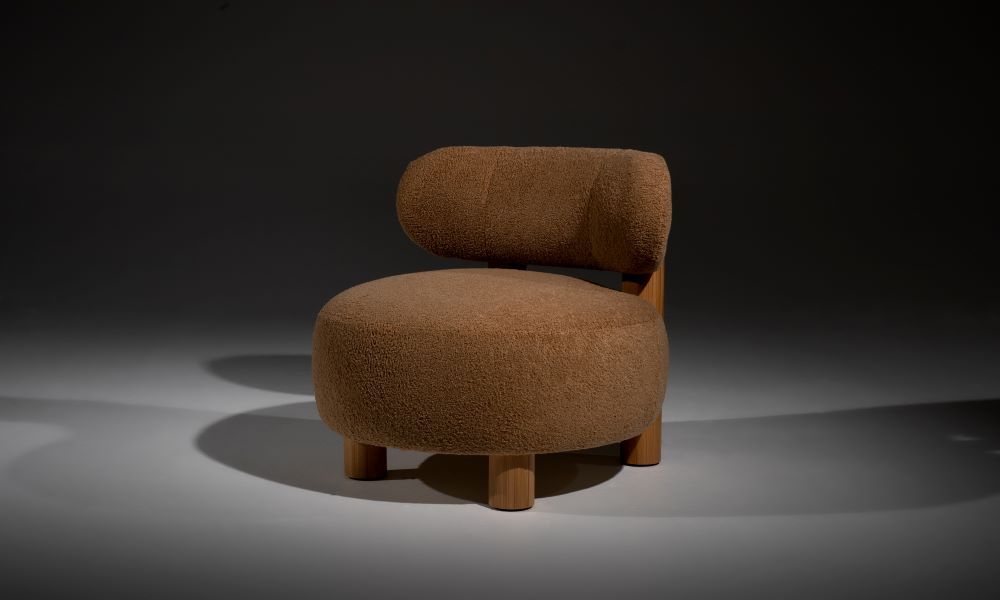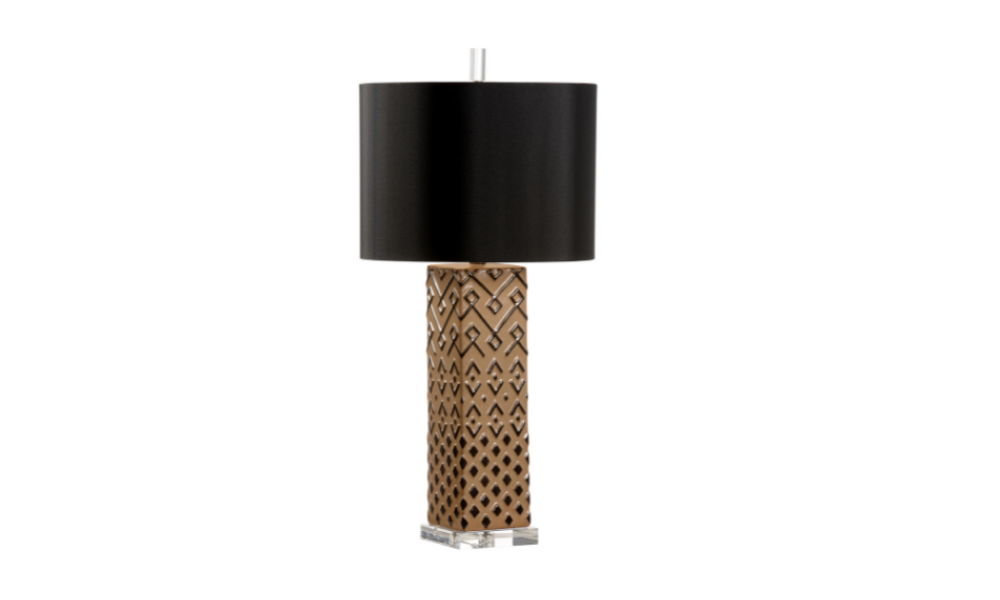
COVID-19 – are we done hearing about it yet? Probably not, and between supply chain issues and ongoing uncertainty, we’re not done feeling its effects either. The good news is that everyone is in this together, wondering, “What’s next?” And there are ample solutions at our disposal to move forward.
First, we need a few questions answered. With many people still staying home, do they want to renovate their spaces? Do people want to spend money? Those answers turn out to be “Yes.” Now, we have a third problem. What products are available and what are their lead times? Figuring out how to fit these pieces into the puzzle means re-evaluating the entire structure of some design businesses. Time to get flexible, embrace change and pivot.
Here are five ways you can adapt your design business in these uncertain times:
Invest in what you own
Speaking to the designer who has a modest marketing budget and needs direction on where to allocate it: Invest in what you own. This means your portfolio, your product imagery and your website, complete with proper SEO. These are the things you own. You do not own your Instagram account.
When you dive into the world of social media and web ad spending, you have to be incredibly measured and strategic. If you choose to go this route, it behooves you to hire a professional to guide you through the process because you’re competing against big box stores with enormous budgets and access to more data. You’re swimming upstream against the ever-changing, undisclosed social media algorithms. Rather than play this guessing game, I suggest investing more in your photography and video, and building content on your own website. It’s well within your control and the results are far easier to measure. If you can bring the traffic and the ads to you, all the better!
Branch out latitudinally or longitudinally
Change can be scary, but what’s one hop to the left or upward from what you’re already doing? If you’re an architect, can you add an interior design component to your business. If you’re a decorator, can you branch into product design? If you’re a residential designer, how about dipping your toes into commercial design?
Who are the friends of your brand? These are the vendors you work with frequently. These are other designers or architects you like, the real estate agents, even other business owners in your area who have nothing to do with design. (Maybe they own multiple homes and have friends that do, too). Getting creative with partnerships and brainstorming collaborations is an excellent way to extend your business.
Showcase what you want to be designing
Designers who are fortunate enough to have a project go viral on Pinterest or featured prominently in a shelter magazine are leveled up but also can be pigeonholed into designing that same room or same home over and over again. I can’t tell you the number of times a designer has come to me feeling creatively stifled because they have been designing the same modern farmhouse in project after project. “But I want to be doing more midcentury or beach houses!” The way to do that is to build your own buzz around what you want to be designing.
I always encourage designers to participate in showhouses as a restart button on their brand. It’s an opportunity to go all out defining who you are as a designer, and it’s a way of reinforcing or building new relationships with your favorite vendors.
Another option is redoing a corner of your own home and having it photographed, or even reshooting a past project that better fits where you want to be today. If you don’t have the type of project you want to be known for, lean heavily on inspirational images and elevations, drawings and mood boards for that ideal future project on social media and on your blog (with permissions and proper attribution, of course)
Sustainable social strategizing
Lean into what feels good and intuitive on social media. From a marketing standpoint, you will hear lots of conflicting information about the best social media platforms to use and how to optimize each of them. I think it’s best to be on video platforms going live all the time, but if you’re uncomfortable on camera and short on time, that’s simply not feasible.
Ultimately, you want to come up with a sustainable strategy, which means investing the most time and energy into the platforms you can regularly keep up with and actually enjoy being on. If you have excellent portfolio imagery, invest more in the platforms that emphasize imagery, like Instagram and Pinterest. If you have a quirky sense of humor and enjoy being on camera, TikTok and YouTube are your friends. If you’re an amazing writer, blog your heart out.
Another way of thinking about this is to cut back on the stress by leaning into what you already do a lot of and getting creative with how to stretch that content. This way you can focus on what you actually get paid to do: design.
Re-evaluate your fees and how you talk about them
Let’s talk about surcharges versus price increases, not from an economic point of view but from a marketing point of view. The word “surcharge” is less off-putting than the phrase “price increase.” Generally, it’s easier to explain to clients there’s a surcharge to account for ongoing supply chain issues, as opposed to an across-the-board price increase, which sounds permanent.
For designers and architects, this is a good time to re-evaluate how you charge and how you want to spend your time. As we know, time is money; these two things go hand in hand. I have long been a proponent of the flat-fee model with product markup. Today, because consumers want product and want it now, many designers find themselves using available, retail product that may be less expensive or without the same trade discount they are used to. As a result, relying on product markups and hourly fees to generate the bulk of your income may not be the best idea. It’s a big headache and a lot of accounting. Base your pricing on your expertise and experience.
Courtney Porter is a designer, author, host and media director. She specializes in seamlessly bringing interior designers, architects, furniture manufacturers and showrooms’ physical products and services into the digital world. She is co-author of “Green Interior Design: The Guide to Sustainable High Style” with Lori Dennis. Porter also is a host and producer of design shows. You may have caught her on “Behind the Bar,” interviewing your favorite celebrity designers or sharing her favorite decor finds on the live sales network Lit Live.







Pretty good advice on how to stay relevant in these changing times!
Thanks, Christine. I agree and look forward to sharing more of Courtney’s insights with our DNN readers. Good luck with adapting your own business. The only constant is change, as they say!